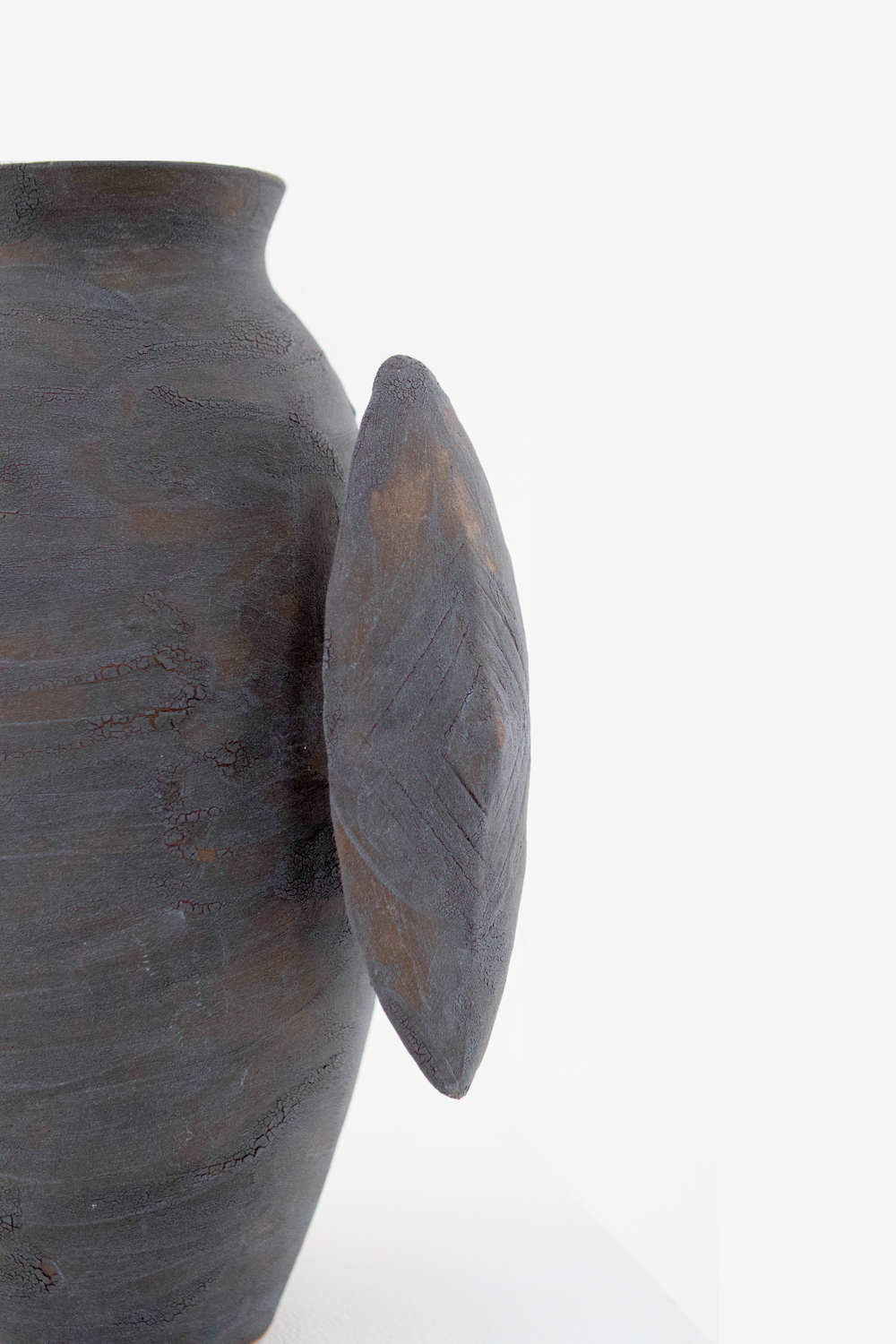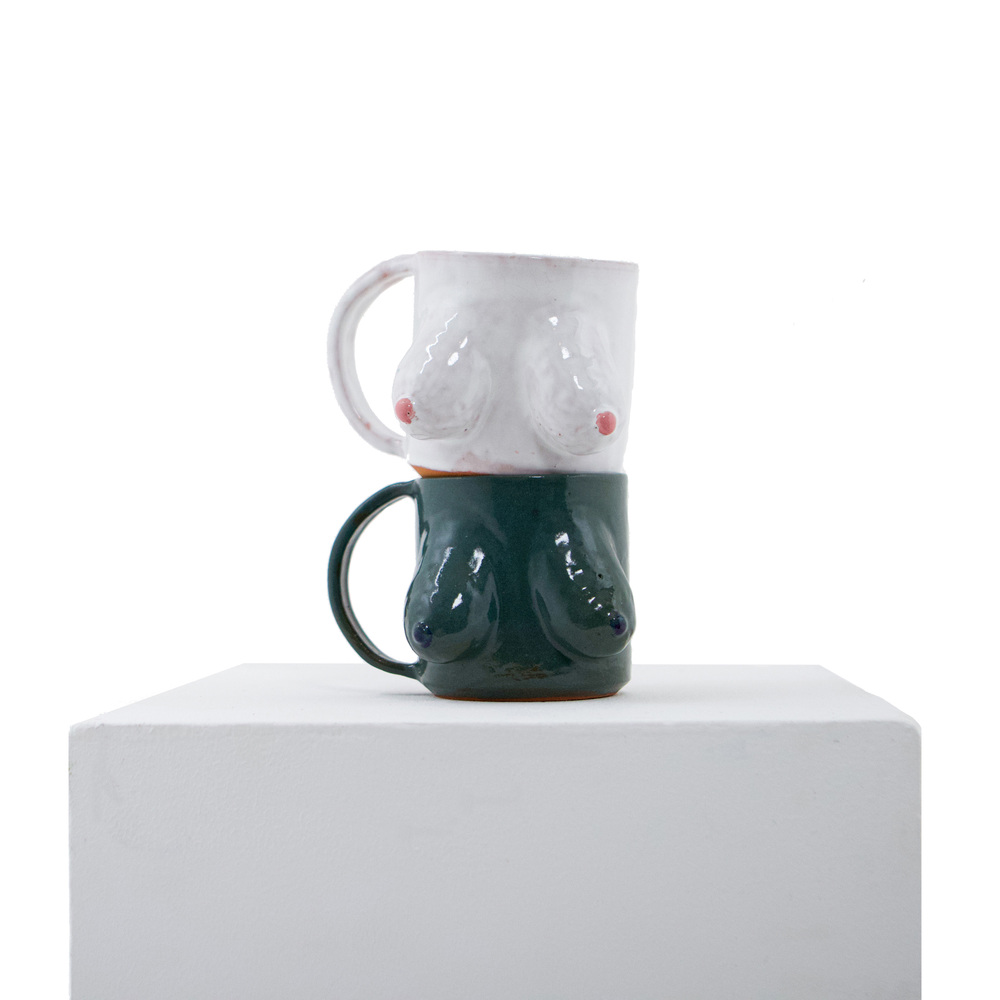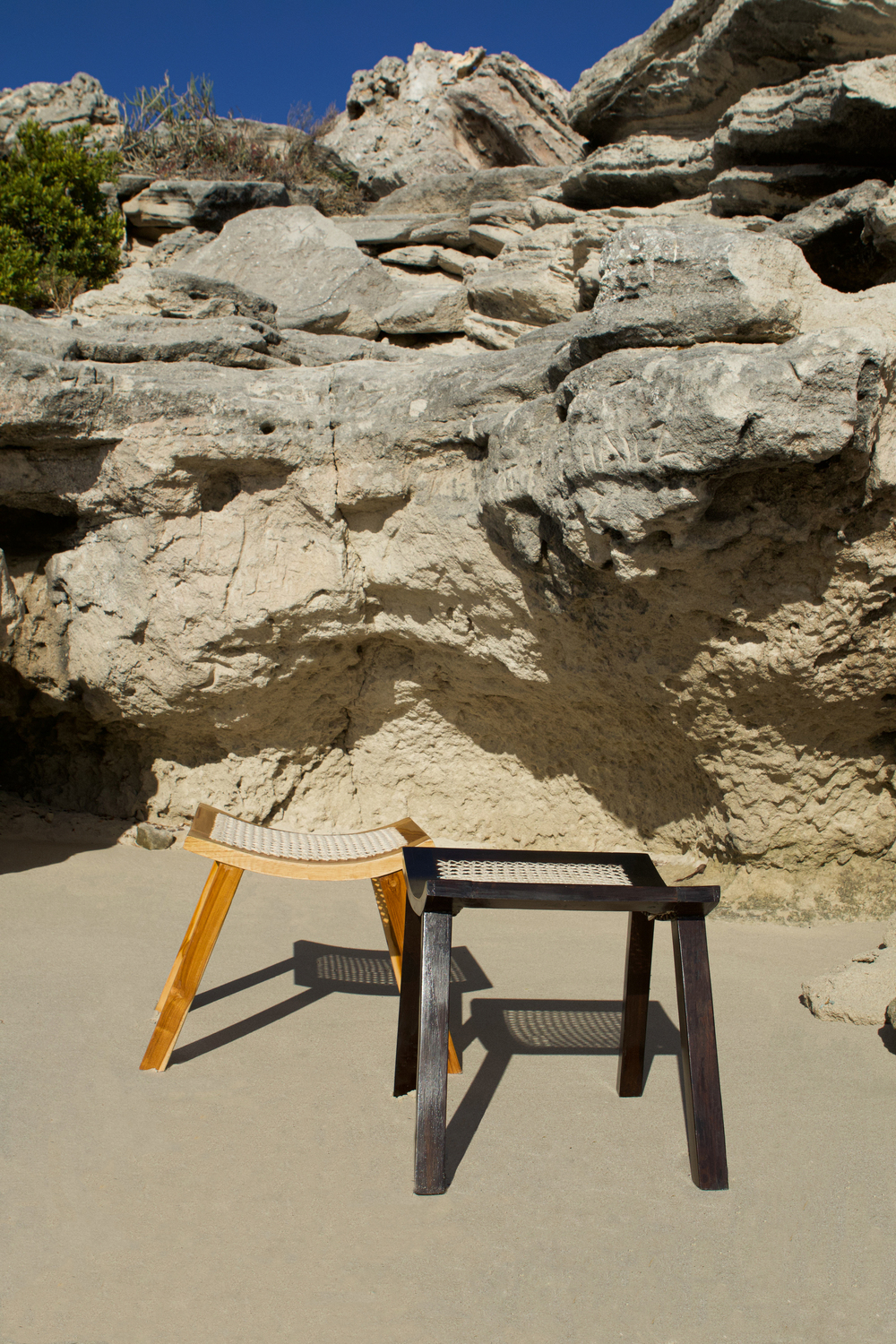Sustainability has become something of a buzzword nowadays in the world of design and oftentimes, with its tendencies towards cultural appropriation and erasure, it isn’t hard to see through its thin facade. But every so often, you come across an entity that is so tethered to the soil and the culture, that it is hard to think of any other word to describe it other than sustainable. Such is the makeup of Zamindlela—a local business committed to elevating African stories through art and design, with a special emphasis on interior spaces.
The brand was founded by Tselane Bolofo, and named after her grandfather Dr. Wilson Zamindlela “Zami” Conco. Born in 1919 in Natal, he was a prominent ANC leader and 1956 Treason Trial defendant, who later practiced medicine in Swaziland and London before returning to South Africa in 1990. I had a conversation with his descendant after I discovered her brand at Mary Sibande’s #ThatsWhatSheSaid event. We spoke about her inspirations rooted in family history and her vision for representing African narratives in interior design.
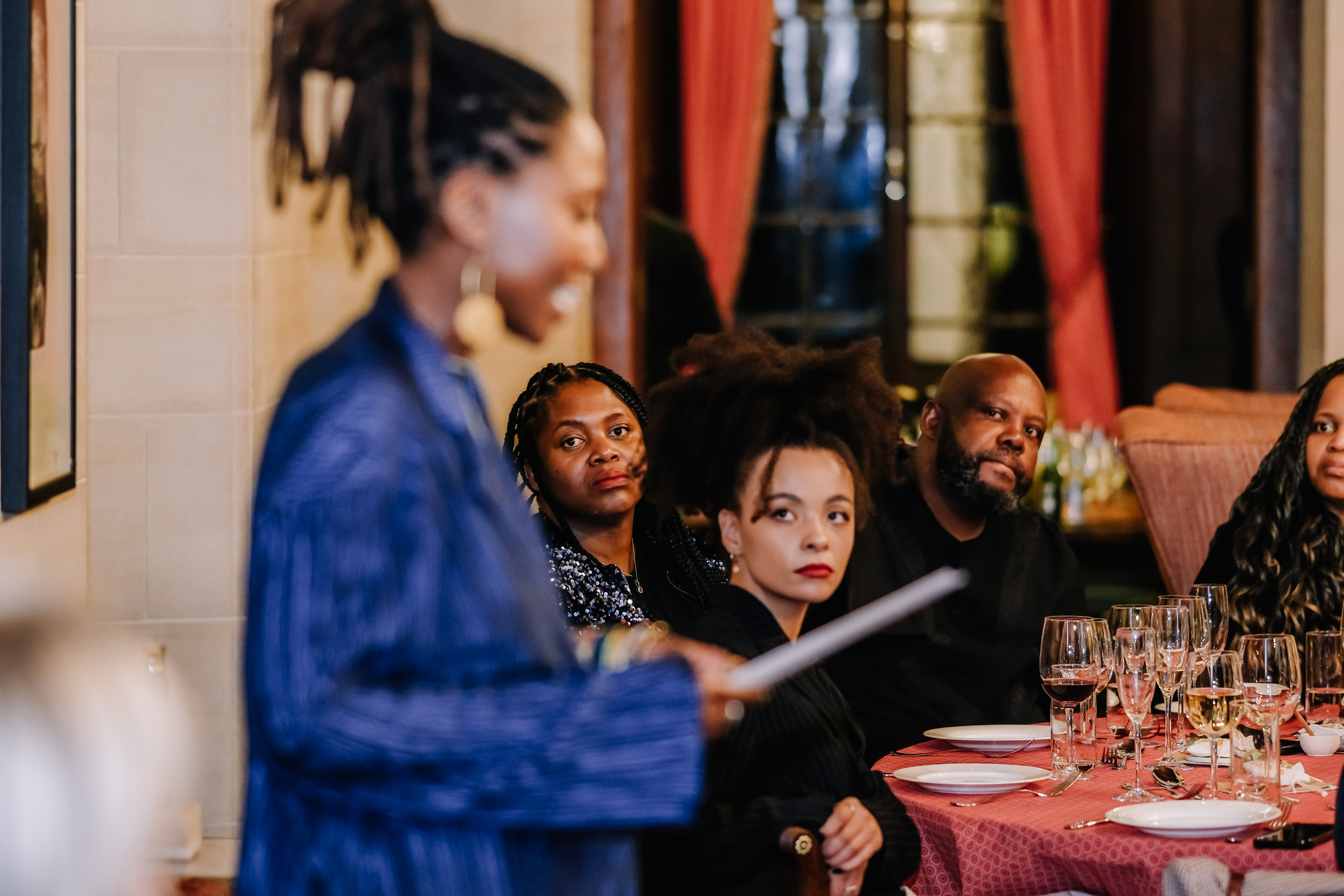
Thembeka Heidi Sincuba: Firstly, congrats on the #ThatsWhatSheSaid event. Part of your introduction at the dinner that really intrigued me was the narrative you told about your grandfather and how he inspired the brand. Can you elaborate on that?
Tselane Bolofo: My grandfather, Dr. Wilson Zamindlela Conco was originally from KZN, and the closest little town to the farm is Ikopo, while the farm itself is in Plain Hill. He was an inspirational figure for me—a rural Zulu boy who managed to enter university at a time when Black people were often barred from such opportunities and then went on to study medicine.
He was also involved in the struggle and subsequently went into exile, first to the UK and then to Canada, where he studied psychiatry and continued his education. As an adult, I’ve had access to video documentaries of him discussing his transition from South Africa to Canada, where he treated white patients.
Despite his experiences abroad, at his core, he remained an African man from KZN, understanding deeply what it meant to be African. As my mother said, he was a Christian, but his ancestors were of utmost importance to him, embodying a duality of identity. Reading his journal articles on the mental health sector in South Africa and his thoughts on what needed to change for greater inclusivity was radical and resonated with me.
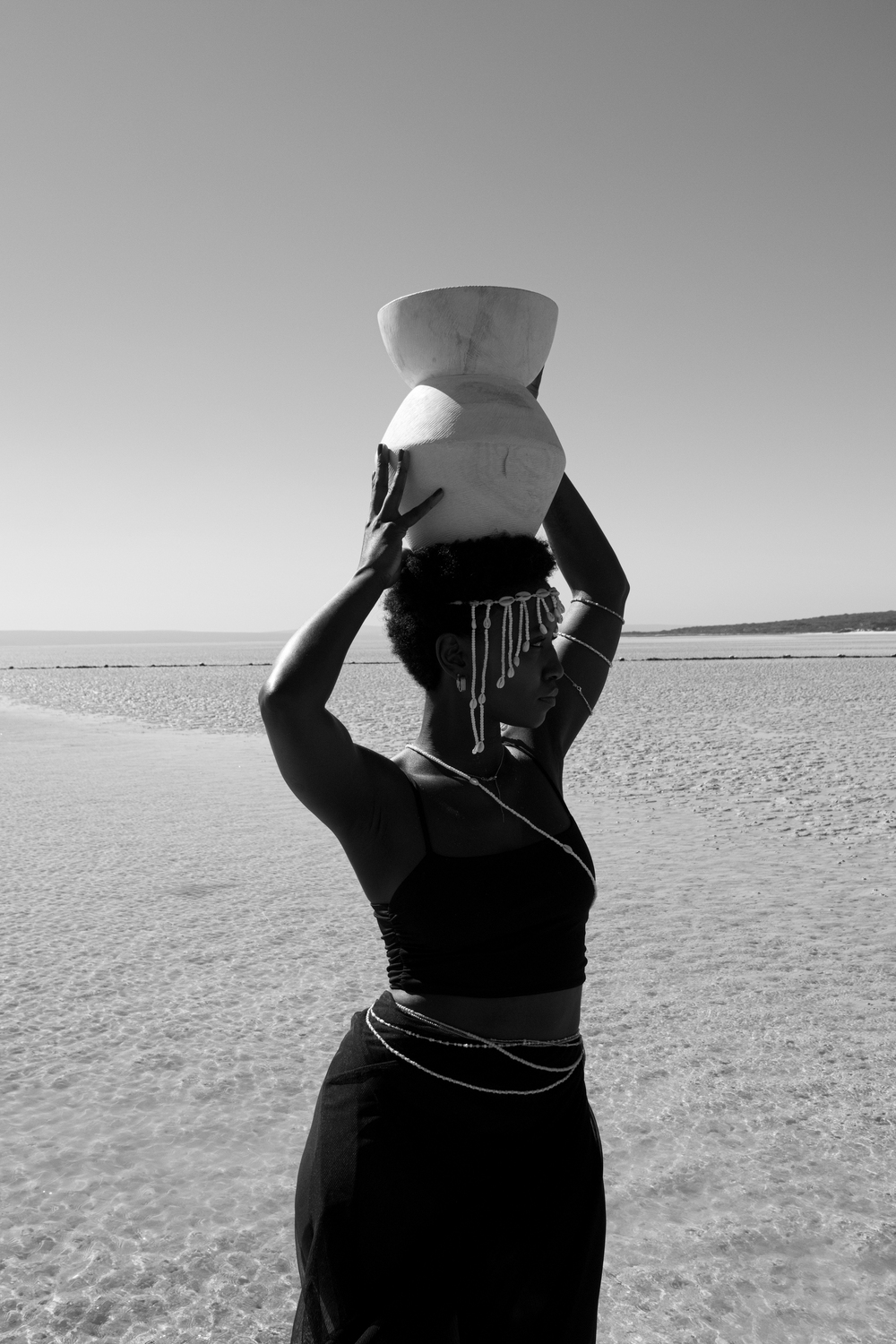
THS: And I read somewhere that your childhood was filled with renovations and DIY projects by your parents. How have those early experiences shaped your design philosophy and the way you approach projects today?
TB: It’s definitely had a big impact. I think the reason I went into design is also tied to our time in exile. Living in the UK, my family became accustomed to doing things for themselves—DIY was mainly an economical choice. When we moved back to South Africa in 1994, they renovated our first house themselves. We were literally living in a construction site. That experience instilled in me the attitude of solving issues independently and being exposed to the rawness of the process. Interior design is often seen as just picking paint colours, but it’s much more technical, especially in the male-dominated construction industry. I had that exposure from a young age, so I wasn’t intimidated by it. This has shaped my design ethos; no challenge feels too big for me. I’m always willing to go the extra mile and learn through the process. I call myself an eternal student—I’m open to learning whatever is necessary to complete a project.
THS: You mentioned working with materials and artisans from the African continent. Why is reflecting African narratives important in your work, and how does it shape your brand?
TB: So basically, over the past few years in the industry, I had no idea what I was trying to achieve. […] Then, I went to Kenya and visited the coast, specifically an island called Lamu. There are a few small islands, and I was absolutely blown away by the architecture and overall design aesthetic. It was raw, natural, authentic, and true to its origins.
For example, the walls were made of coral, which had an orange-peach tone from natural dye. The coral was used because it was smooth and cool to the touch, which was practical in the humid and hot climate. The architecture featured many arches for ventilation, adding both functionality and beauty. What struck me was that African design had been appropriated and given a different name in the West, without acknowledging its roots. Kenya is a special country with many artisans who create unique products. People there don’t shop like we do—artisans make everything.
This inspired me to learn about various techniques and materials across the continent. East Africa is where we began, but there’s much more to explore, including West Africa. As a small company, we’re just starting out and facing logistical challenges. Because of the lack of infrastructure, we need to physically visit places to build connections, but we need the capital to do so, so we can properly tell the stories behind the crafts.
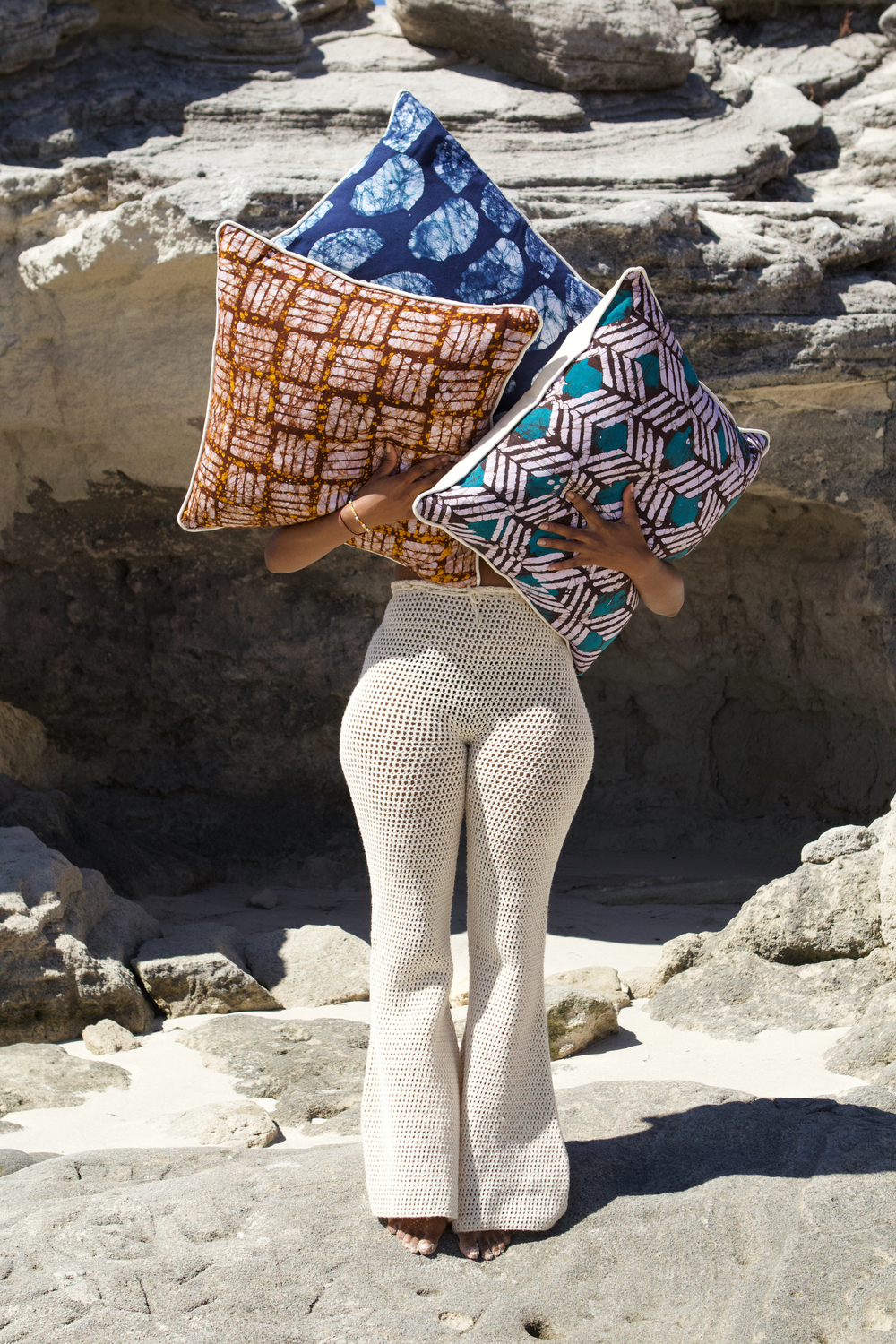
THS: Your online interior design services cater to clients in Johannesburg and Cape Town, which are quite different cities. Do you notice differences in clientele, or do you reflect the cultural and environmental differences between these cities in your work?
TB: Yes, each city does have its nuances, but I approach every project based on the client’s unique needs rather than just the regional differences. Interior design is very personal, and I always strive to understand and reflect what the individual client wants.
THS: Photography is another aspect of your creative expression. How does your work behind the camera influence or complement your interior design practice?
TB: My photography offers insight into my creative vision and what I aim to create. It allows clients to see my aesthetic inclinations, which helps them trust my ability to enhance their spaces with unique, culturally significant pieces. It’s also a way to express and share African influences, which many clients now seek.
THS: What advice would you give to young African designers who want to infuse cultural narratives into their work and still have a successful career?
TB: Keep pushing and stay motivated. The design space can be challenging, especially for young African designers in a white-dominated industry. Look to the continent for inspiration; there’s a rich history and innovation to be found. Take up space and make your unique voice heard.
It doesn’t take a rocket scientist to discern that Africa is leading the future of conscious fashion, with contemporary African brands embracing their inherent sustainability through eco-friendly materials and ethical textiles. Due to cultural, historical and economic circumstances, these businesses have always had a lead in reducing environmental impact, supporting local communities, and promoting local craftsmanship. Zamindlela exemplifies this heritage and has a unique philosophy that pushes the narrative forward.
